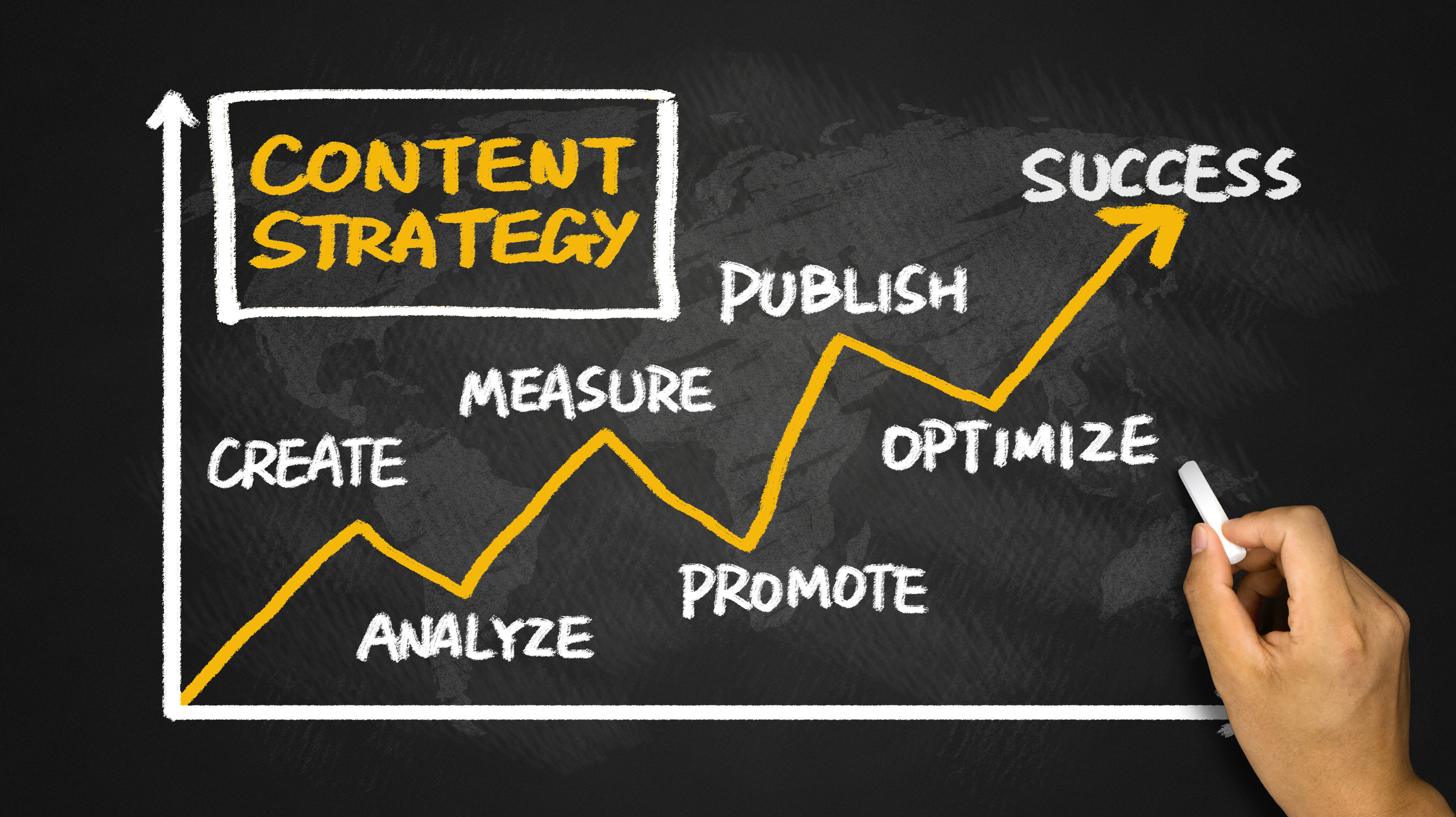By Kiara Halligan
Content is the most valuable tool at a marketer’s disposal today and approaching the content creation process with anything else other than utmost respect is completely irresponsible.
Content write-up and creation is probably the easiest part of the process, once you get a hang of it. Creating stuff that your audience will find appealing is a matter of practice and repetition; there are formulas out there that are bullet-proof when it comes to creating content.
The hard part is what comes before and what follows after. Having a great content strategy in place mostly comes down to thinking and planning ahead, not executing immediately. To be effective you need to:
- Know your audience – Relevancy is the key and you can be assured that you’re relevant to your target audience only if you prepared personas well in advance. Creating content that doesn’t strike a chord with your audience will get you nowhere and that is why I believe that this is the most important step in the process.
- Create a backlog of content – This is essential. You need to be prepared for any eventuality – sick leave, writers unavailable, and so forth – and it also reduces pressure considerably. Start of by inventorying your existing content and taking a look at what can be re-spun, repurposed, or recreated and will bring additional value to your audience. After that start creating content well in advance, 3-4 weeks, and scheduling it for release and promotion.
- Organize your writers and create an editorial calendar – If you’re creating a lot of content it is important to know which writers to use for what. Some will excel at writing and creating entertaining pieces that you can use to engage with your audience while others will be better suited to write copy or material that converts.
- Having an editorial calendar is also imperative as you need to know when to publish what. Some pieces of content are simply an intro to your next offer and they will make your audience more pliable to your next message. If you do not have an editorial calendar it’s time you think about creating one.
- Define your goals – Why bother doing something if you won’t be doing it right in the first place? If you plan on having an effective content strategy you need to have clearly defined goals on what you hope to achieve with it. Everything has to fit in perfectly so all those parts efficiently complete your content marketing puzzle.
- Post launch activities – But your work doesn’t stop when you publish a piece of content. Some will say that this is actually when it begins. There is no use in creating content if you don’t get people to read, see, or watch it so you have to put in a lot of work into promoting it.
Getting Organized
You can make your life a lot easier if you approach content creation and marketing methodically. Fortunately, there are a lot of tools out there that will help you organize your ideas, writing, research, collaborators, and everything else in an efficient and cost effective market.
The internet is flooded with these tools but we picked out the ones that worked for us time and again as well as some without which we cannot imagine doing any work at all so take a minute to look at our awesome list:
Google Docs – Clean, efficient, shareable, accessible, and free! What else do you want from a tool? Google Docs allows you to create and share files easily and across the board with everyone on your team. The best part is that almost everyone has access to it. All you need is a Gmail account and you are good to go!
Trello – It’s time to rid yourself of notepads and pesky spreadsheets. Trello is designed for visual people and allows you and members of your team to be on the same page at all times, and stay there. You’ve got your ideas, to do, and doing lists there so it is a simple matter of populating them and crossing stuff off.
Basecamp – Managing a team can be frustrating and exhausting, especially if you are handling a lot of people in a variety of different projects. Basecamp is a simple tool that allows you to handle all your outsourced work and teams in a single place and ensure that everyone is doing their tasks according to a preset schedule.
Evernote – A great tool for keeping all your information and research organized. You can sync it across your devices and even use it to store research and article you find for future reference. Easy to implement and even easier to use!
AussieWriter – After all is said and done, you still need content written, right? AussieWriter is a great content creation service that you can partner with and whose writers will churn out great content for you to use, day-in-day-out. Professional, fast, and affordable –creating a backlog of articles has never been this easy.
Kapost – One of the largest and best-known editorial calendar software currently on the market. Planning a piece of content, storing it, and then delivering it to the right hands has never been more hassle-free than with Kapost.
We hope that you try out some of these tools. Some of them are paid, some you get to try out, and others are completely free. Remember, staying on top of your content is as important as creating it, if not more. Don’t let things go sideways just because you were too lazy to give them a spin!
Kiara Halligan works as a content marketing consultant at Galaxyessay. Kiara believes that every marketing campaign could be spiced up greatly with quality content. Feel free to contact her at FB or G+.







